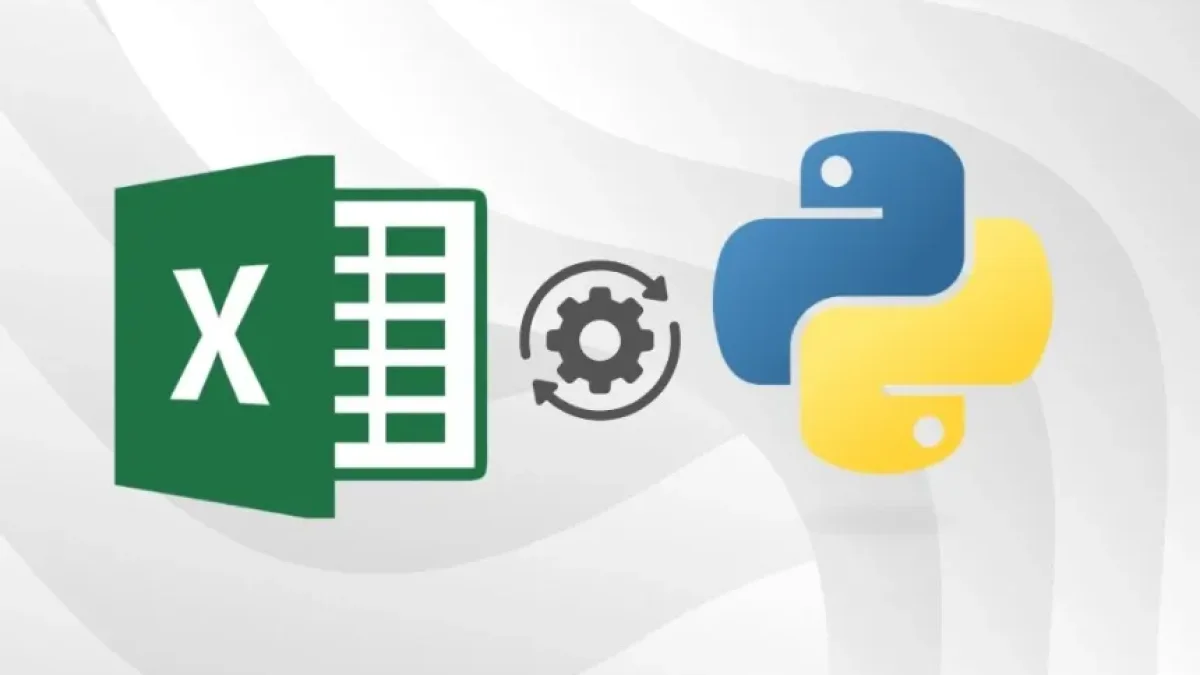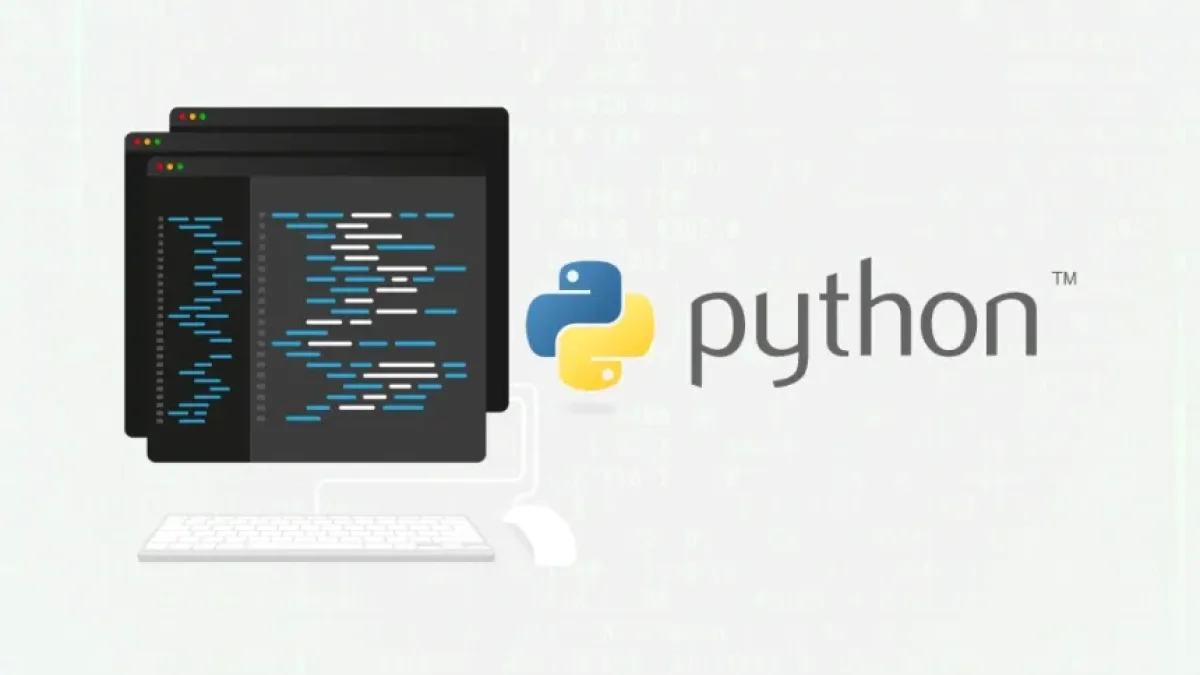Automate Your Excel Workflows with Python


Automating repetitive tasks in Excel is a necessity in many work environments. Python, a versatile and easy-to-learn programming language, offers various tools that allow you to optimize your workflows. In this article, we will explore how you can use Python to make your Excel tasks a more efficient experience.
Why Use Python for Excel?
Python has established itself as one of the most popular languages in the field of data science and automation. Its simplicity and the richness of its libraries make it a smart choice for working with spreadsheets in Excel. By using Python, users can perform complex tasks quickly and easily, saving time and reducing errors.
Useful Libraries for Excel Automation
Python has several libraries that facilitate the manipulation of Excel files. Below are some of the most notable:
Read also
- Pandas: This library is essential for handling data. It allows you to read, write, and manipulate data in tabular format. With Pandas, it's easy to perform data cleaning, transformation, and analysis operations.
- OpenPyXL: Ideal for working with Excel files in .xlsx format, OpenPyXL allows you to create, modify, and save spreadsheets. This tool is excellent for automating tasks that require specific formatting in Excel.
- xlrd and xlwt: These libraries are useful for reading (xlrd) and writing (xlwt) Excel files in .xls format, although their use has declined due to the rise of .xlsx files.
- PyXLL: This is a more advanced library that allows you to integrate Python directly into Excel, opening the door to creating custom functions and using Python charts within Excel.
Examples of Task Automation
Automatically Generate Reports
One of the most common uses of Python in conjunction with Excel is the creation of automated reports. With a simple script, you can extract data from multiple sources, process it, and compile a report in Excel format that updates automatically as needed. This saves hours of manual work and reduces the possibility of errors.
Data Manipulation
Another common task is cleaning and manipulating large volumes of data. Python, through Pandas, allows you to apply filters, check validity, and transform data into a format that is more useful for subsequent analysis. This process is not only faster than doing it manually, but it is also more accurate.
Sending Emails with Attached Reports
Python can also be useful for sending emails with attached Excel files. By combining libraries such as smtplib and email, users can automate the sending of periodic reports, optimizing communication in collaborative work environments.
Read also
Conclusions
Automating your Excel workflows with Python can become a competitive advantage in your day-to-day activities. With the right tools, you can perform repetitive tasks more efficiently, allowing you to focus on what truly matters. Don't hesitate to explore the fascinating world of Python programming and discover how to make your work more manageable.
For more news and tutorials on technology and productivity, I invite you to keep reading my blog. Don't miss out!


















